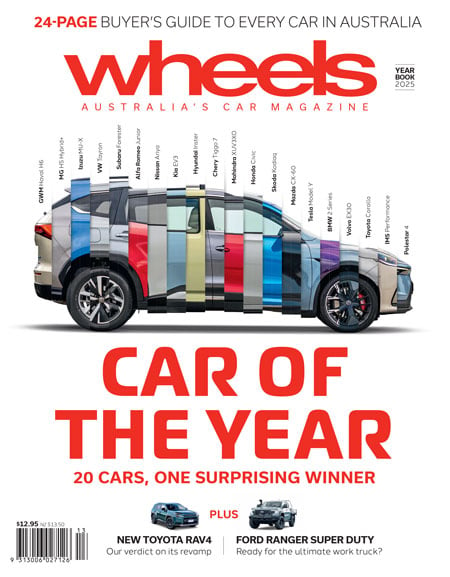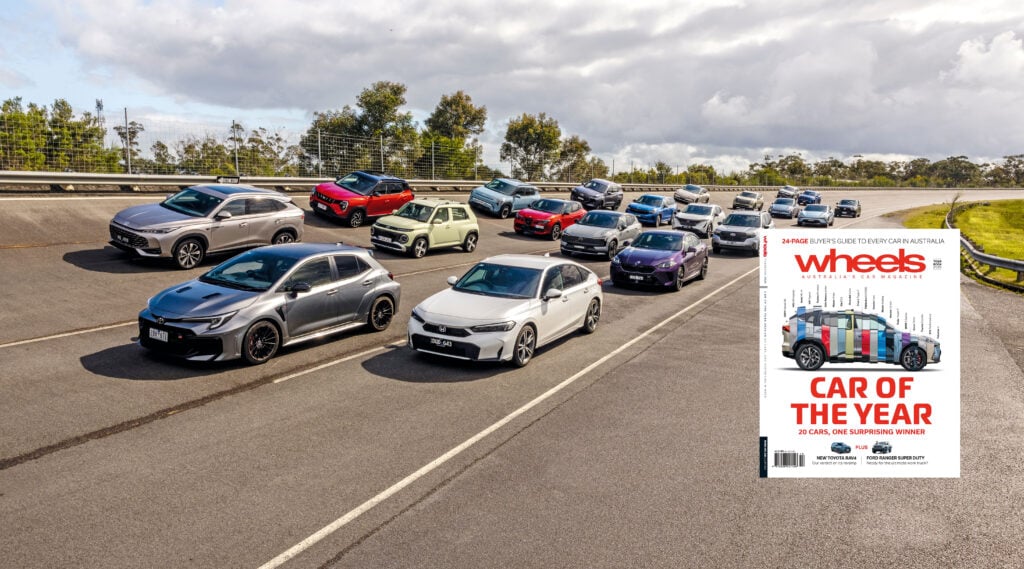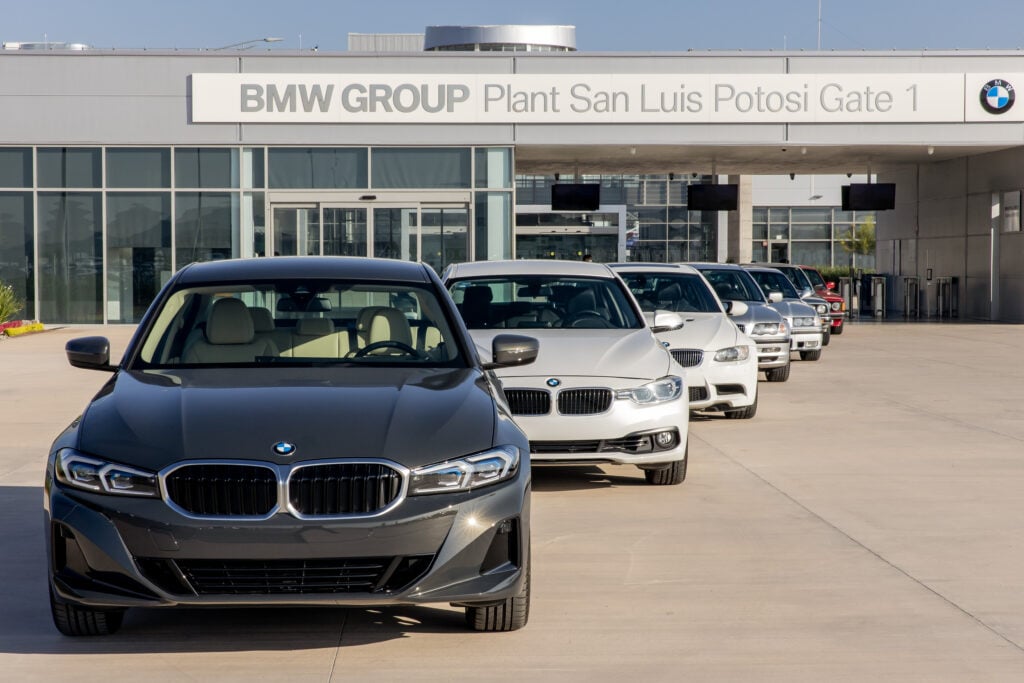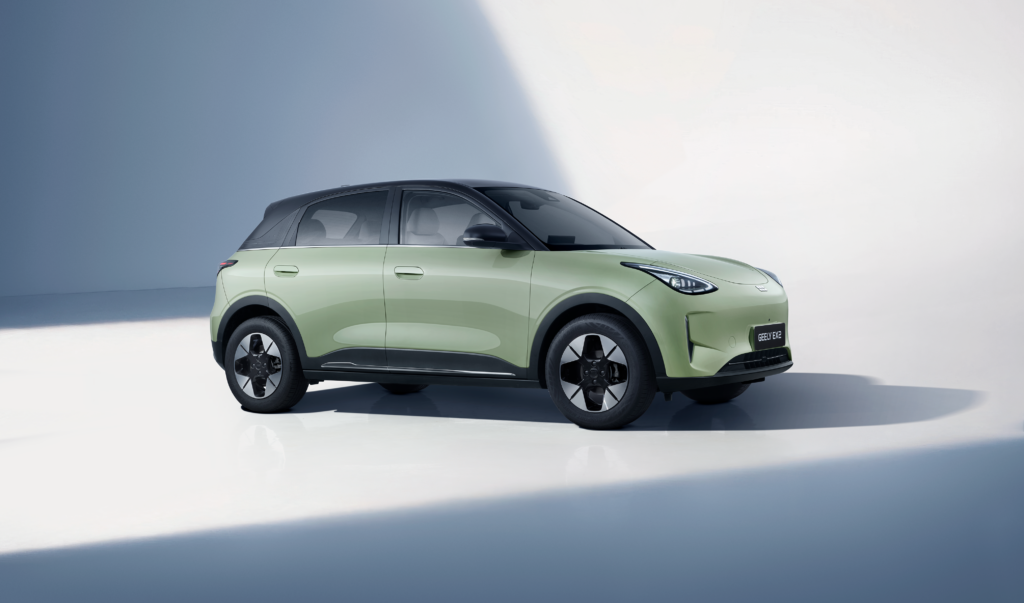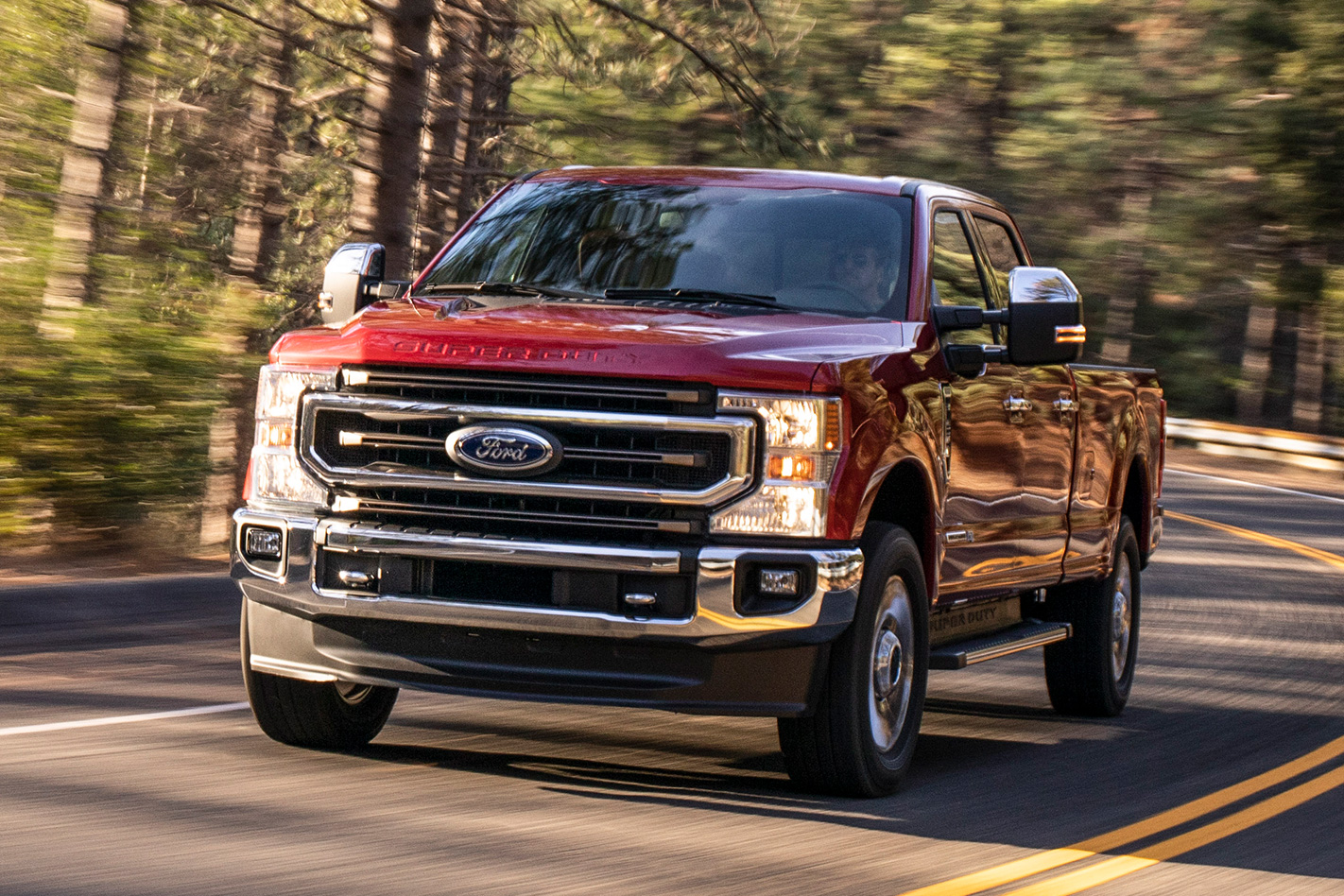
Latest vehicle sales figures show Australians purchased 108,606 new vehicles during March, a decrease of 0.9 per cent on the same period last year… which was the best ever March result.
The Ford Ranger remained Australia’s top selling vehicle with sales of 4,932 followed by the Toyota RAV4 (4,321), Toyota HiLux (4,081), Mitsubishi Outlander (3,005) and Toyota Prado (2,871).
Of the makers, Toyota held on as market leader with sales of 20,541 during March, followed by Ford (8,232), Mazda (8,000), Kia (7,307) and Mitsubishi (7,265).

Ahead of the removal of the government’s FBT tax exemption for Plug-in Hybrid Vehicles (PHEV) on April 1, sales rose 380 per cent on the same period last year as consumers rushed to secure their vehicle.
The figures showed continuing sluggish adoption of EVs, with the Federal Chamber of Automotive Industries (FCAI) noting that the EV transition was “not progressing at a pace likely to meet the long-term targets under the New Vehicle Efficiency Standard (NVES)”.
EVs represented just 4.9 per cent of total sales reported to FCAI, compared with 9.5 per cent in March 2024 and 6.8 per cent in March 2023 (noting that two non-FCAI EV brands are yet to publicly report their March 2025 sales).

“We are at a critical point in transitioning to a lower-emission vehicle fleet,” said FCAI chief executive Tony Weber.
“But the reality is clear: Australian families and businesses are not shifting in large numbers to EVs.
“While the supply of EVs is increasing, now with 89 models available in Australia, the demand for EVs is weak. The early adopters have acted but the rest of the vehicle-buying public has not followed.
“This is consistent with a number of other advanced markets around the world.
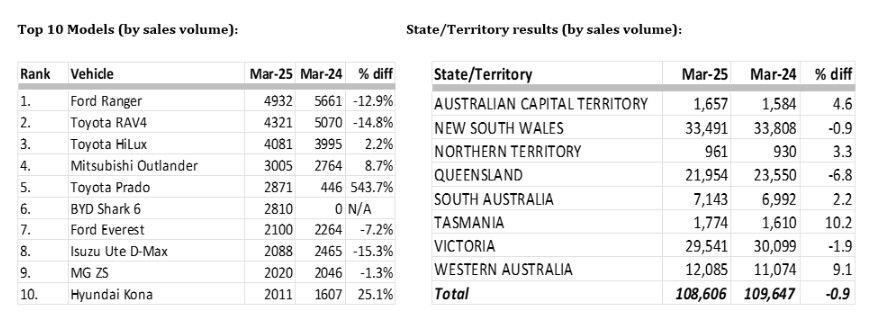

“The Australian automotive industry has long advocated for an ambitious and achievable emissions standard. Once again, questions must be asked about the Government’s modelling and in particular their assumptions about consumer acceptance of new low-emissions technologies.”
For March 2025, sales in the Australian Capital Territory were up 4.6 per cent on March 2024 to 1,657; New South Wales was down 0.9 per cent to 33,491; Northern Territory increased by 3.3 per cent to 961; Queensland fell 6.8 per cent to 21,954; South Australia was up by 2.2 per cent to 7,143; Tasmania had an increase of 10.2 per cent to 1,774; Victoria was down 1.9 per cent to 29,541 and Western Australia increased 9.1 per cent to 12,085.
We recommend
-
 News
NewsAustralia 'is the most affordable country to own a car'
Motorists Down Under are getting the best deal in the world according to a UK report
-
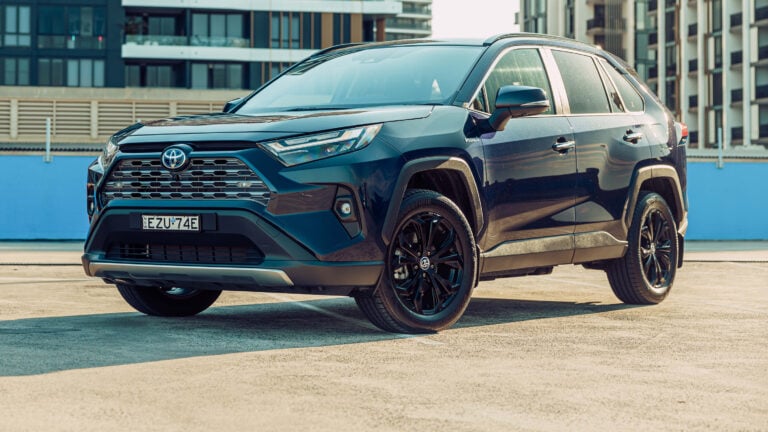 News
NewsAustralia's new car sales fell in February, but PHEVs and hybrids shine on
New vehicle sales in Australia dipped again in February, with the FCAI reporting a 9.6% drop compared to the same month last year. Battery EVs are down, while PHEVs and hybrids are growing in popularity.

